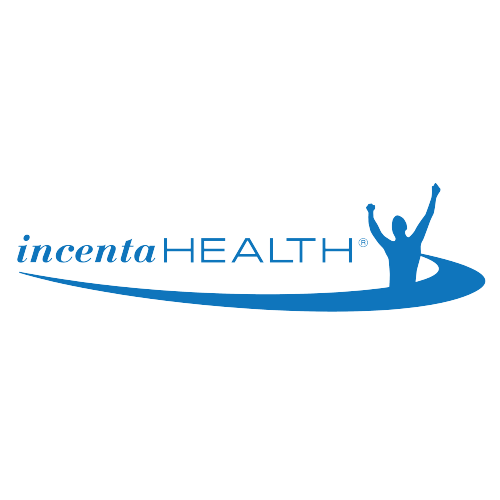I don’t know about you, but every year when February rolls around – I begin to think about Valentine’s Day. I think about how I can show a little extra love to the people in my life. When I was young, I spent hours agonizing over which cartoon themed cardboard valentine I would hand out to my classmates, in high school we could buy roses to be delivered anonymously to our crushes. As adults, we plan far in advance to make reservations at the most romantic restaurants or plan celebrations with our dearest friends. It’s a BIG deal! But Valentine’s Day isn’t the only happening in February..
February is also National Heart Month. Cardiovascular disease is the leading cause of death worldwide. It takes 17.9 million lives every year – what’s worse is that this number is expected to surpass 23.6 million by 2030. In America, we spend somewhere around $20.7 billion on Valentine’s Day, and $200 billion on costs related to heart disease. Can you imagine if we could swap those numbers? What if we spent more on loving each other, and less on fixing broken hearts?
Despite these terrifying numbers, there are some simple lifestyle choices we can make, and encourage others to make:
Know your risk:
The CDC provides an in-depth list of what health conditions may lead to an increased risk of heart disease. These include high cholesterol, diabetes, high blood pressure and obesity. Read more about these risks here.
It is important to know your family health history. Genetic traits may lead to an increased risk of these diseases. These genetic traits aren’t the only thing getting passed down the family tree, as it is also common for families to pass on lifestyle choices, such as smoking and unhealthy diets, which only escalate the risk of disease. If you feel that your family has passed on some undesirable lifestyle habits break the mold! Stop the cycle! This will benefit yourself and future generations.
Eat a well-balanced diet:
We hear a lot about what we can’t eat – foods high in saturated fat, sodium, trans fat and cholesterol. Let’s consider the things we can and should be eating to beat heart disease.
- High folate vegetables, such as asparagus: Folate prevents homocysteine from building up. High homocysteine has been linked to an increased risk of heart conditions
- Beans, peas, chickpeas, and lentils: These are known to significantly reduce LDL levels. LDL= Lousy (or bad) cholesterol
- Berries: Full of antioxidants, vitamins, fiber and low in fat
- Nuts and seeds: Plant-based source of omega-3 fatty acids, that help lower LDL levels
- Dark chocolate: Here is where Valentine’s Day and Heart health comes full circle. Dark chocolate has been found to protect against plaque buildup in the arteries
- Fish: Great source of omega-3 and low in fat
Exercise Regularly:
Your heart is a muscle, and just like any muscle – exercise is what strengthens it. The incentaHEALTH program provides exercise routines for all activity levels. Our program provides strength days, cardio days, and rest days – the perfect combo to strengthen your heart, body and mind.
Lifestyle choices:
Un-healthy lifestyle choices can increase your risk.
- Tobacco use damages the blood vessels, raises blood pressure, and reduces the amount of oxygen your blood can carry
- Alcohol consumption increases cholesterol and triglycerides, a fatty substance in the blood.
This February let’s switch it up! Instead of giving our loved-ones flowers, gourmet chocolates and giant stuffed animals… well okay, you can still give those things, but let’s also give our loved ones the gift of longevity, health and awareness.



